4 Common Injuries from Combat Sports — And How to Prevent Them

June 16, 2021
Craig Van Dien, M.D., a physical medicine and rehabilitation specialist at JFK Johnson Rehabilitation Institute, says that he frequently sees hand and wrist injuries related to combat sports.
Causes of Hand and Wrist Injuries in Combat Sports
When striking, the force comes through the knuckles on the hand and the middle of the wrist. A strike delivered with proper technique distributes these forces in a way that causes less trauma to hand and wrist structures, lowering the risk of injury.
However, Dr. Van Dien says that a few factors increase the risk of hand and wrist injury, including:
- Incorrect technique. People who are inexperienced at combat sports are more likely to develop hand and wrist injuries due to poor technique.
- Fatigue. When an athlete begins to get tired, it can lead to poor technique and improper distribution of forces that may cause injury.
- Lack of physical conditioning. As with any sport, it’s important to start slowly and build up your endurance. Lack of physical conditioning can lead to fatigue and make new athletes more likely to use improper technique.
- Lack of proper hand coverage. People who participate in combat sports need to ensure that they wear adequate hand coverings and wrist supports or wraps to protect their hands and wrists.
It’s also important to note that injuries can occur in training and competition, but the risk of injury during competition is higher.
“Studies show that the rate of injury during competition is much higher, but it’s important to remember that people who participate in combat sports spend many hours in training for one competition,” says Dr. Van Dien.
Common Hand and Wrist Injuries in Combat Sports
A study that examined the types of hand and wrist injuries sustained by elite amateur boxers found four that are especially common:
Finger carpometacarpal instability.
“When striking, normal forces come through the middle of the wrist,” shares Dr. Van Dien. “If an athlete starts to get tired or uses improper technique, the wrist can bend under the force of the punch.”
According to Dr. Van Dien, this can cause strain on the top of the carpometacarpal joints in the wrist, which connect the wrist and hand and allow for movements such as grasping and cupping the palm. Carpometacarpal instability can cause irritation, pain and, if left untreated, a bone malformation called carpal bossing.
Boxer’s knuckle.
“Boxer’s knuckle is an injury to the structures of the metacarpophalangeal joint around the knuckle — specifically the extensor hood and the joint capsule,” comments Dr. Van Dien.
Boxer’s knuckle commonly causes pain and swelling around the knuckles on the top of the hand and may require surgical or non-surgical treatment. And, although the name suggests otherwise, this injury is not limited to boxers and can occur in any combat sport.
“Skier’s thumb.”
Skier’s thumb is an injury to the ligaments in the thumb that commonly occurs when the hand is in the grasping position, such as holding a ski pole or making a fist to throw a punch.
Wrist sprain.
Also caused by a ligament injury, wrist sprain can occur due to fatigue, improper technique or failure to use proper hand coverage. The strain of repeated punching without adequate time to recover can also lead to a wrist sprain.
When to Seek Medical Care
If you participate in combat sports and develop pain or discomfort in your hands or wrists, it’s important to make an appointment with a medical professional. A skilled health care provider can perform a physical exam and order x-rays or other imaging studies if needed.
Dr. Van Dien explains that in some cases, conservative treatment — such as over-the-counter anti-inflammatory medications, ice and rest — may be sufficient to treat the injury. However, in other cases, physical therapy, occupational therapy or even surgery may be necessary.
Further, Dr. Van Dien emphasizes that using proper technique, avoiding fatigue, building endurance and wearing adequate hand coverage can reduce the risk of injury in the first place.
“Although you might think these injuries occur in elite athletes, they occur more often in amateurs,” comments Dr. Van Dien. “If you have pain or discomfort, you need to address it early.”
What Athletes Should Know About COVID-19 and the Heart
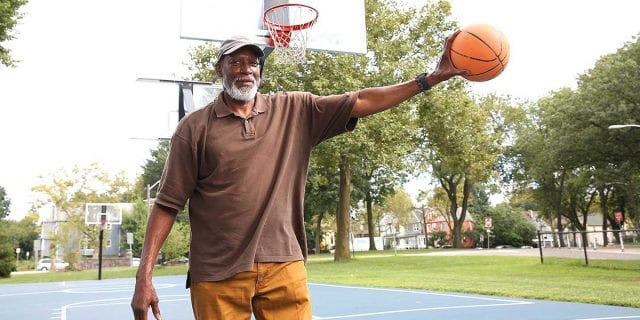
There have been a lot of headlines about how COVID-19 affects the heart and concern about what this means for athletes who contract the disease.
What is Vision Therapy—and How Does it Help?
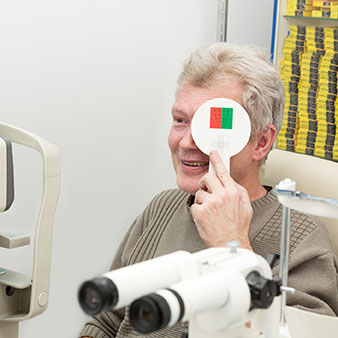
Sometimes, even small vision changes can cause difficulty with everyday activities.
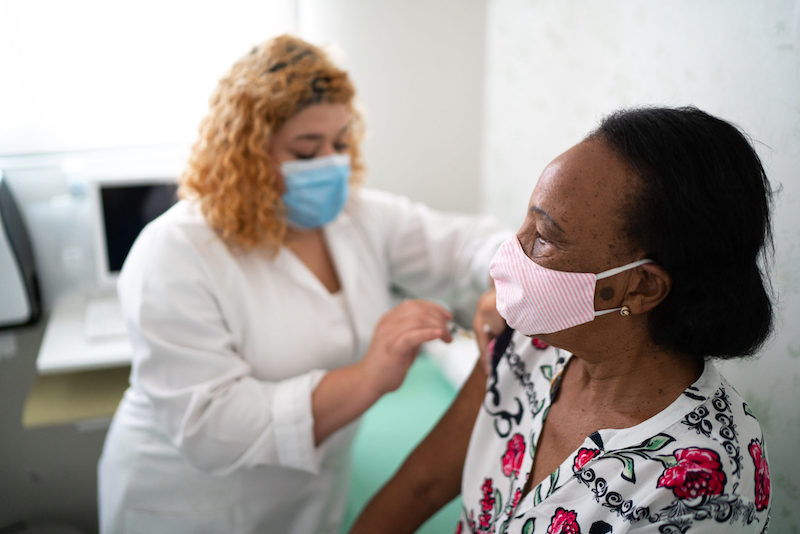
What Are COVID-19 Vaccine Side Effects, and How Long Do They Last?
Here are answers to questions that you may have about COVID-19 vaccine side effects.
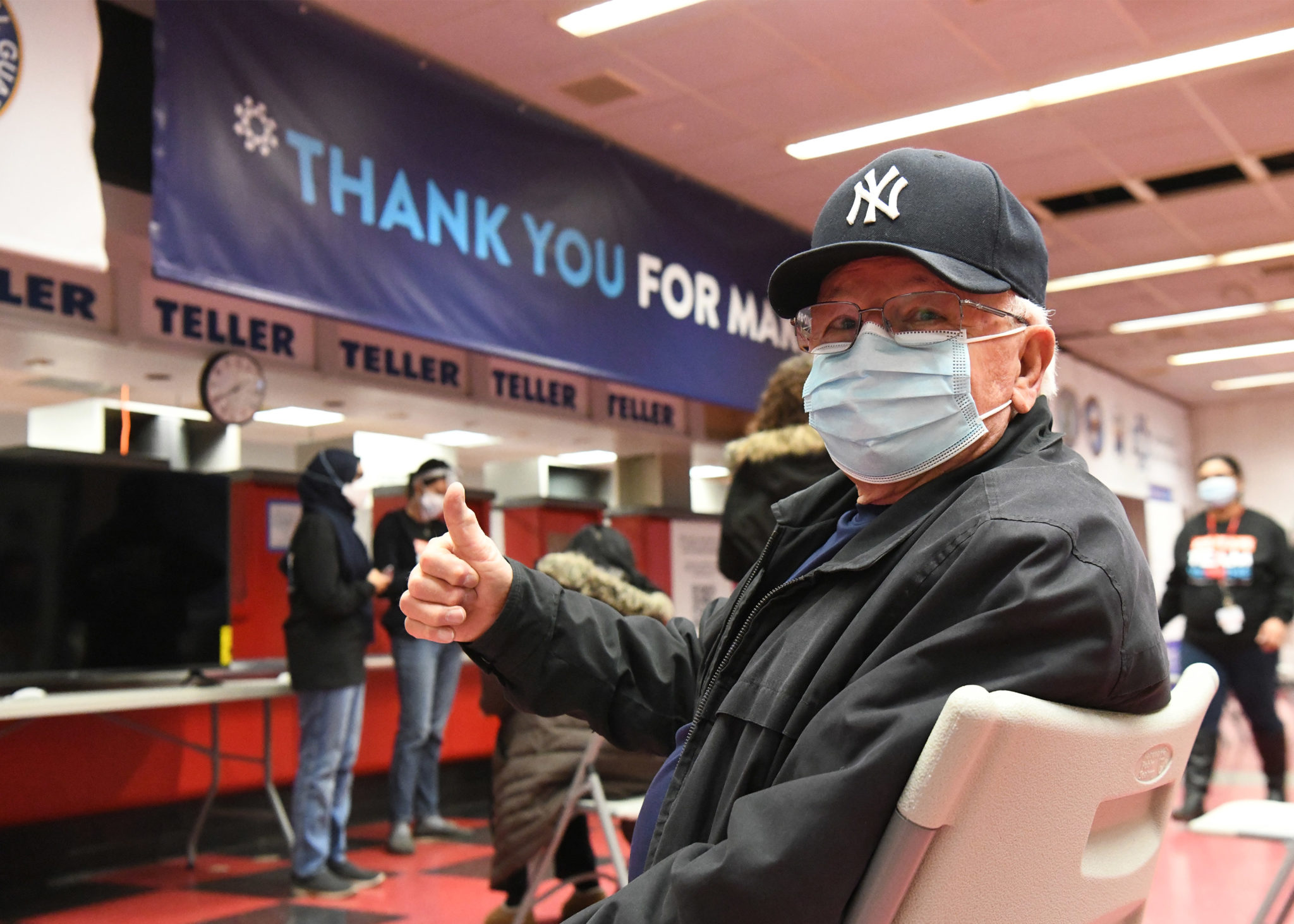
How to Prepare for Your COVID-19 Vaccine
You’re probably already daydreaming about the things that you’ll do once you’re fully vaccinated, but have you considered what to do to get ready for your appointment?
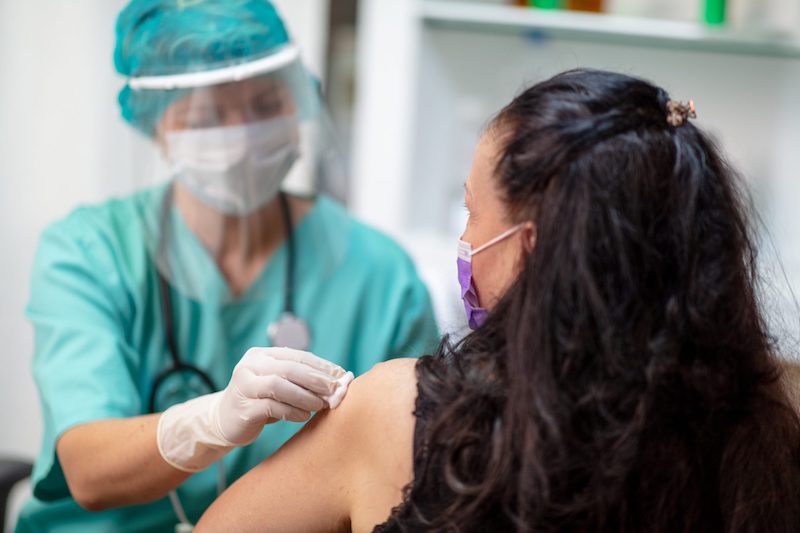
Top 6 Questions About COVID-19 Vaccines
Government groups and private companies are working day and night to develop a vaccine that will help stop the spread and severity of COVID-19, but there’s still a lot of work that needs to be done before a vaccine is ready.

COVID Vaccine and Children: What to Know
Here's everything parents need to know about the COVID vaccine.